Fountain Pen Found In Japanese Shipwreck
-
Forum Statistics
357.6k
Total Topics4.7m
Total Posts -
Member Statistics
130,229
Total Members21,671
Most OnlineNewest Member
Mojaveczm
Joined -
Images
-
Albums
-
USG 24
- By USG,
- 0
- 0
- 11
-
Extra Fine Nib Ink Reviews (23 of n)
- By LizEF,
- 0
- 49
- 49
-
Baka's Pens
- By Baka1969,
- 0
- 0
- 34
-
Andrew Lensky Arts II
- By Andrew_L,
- 0
- 0
- 10
-
USG 23
- By USG,
- 0
- 0
- 102
-







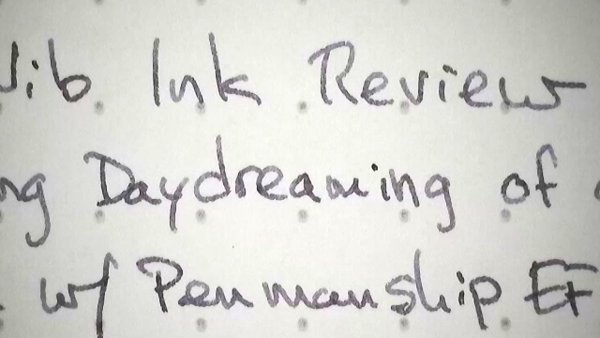

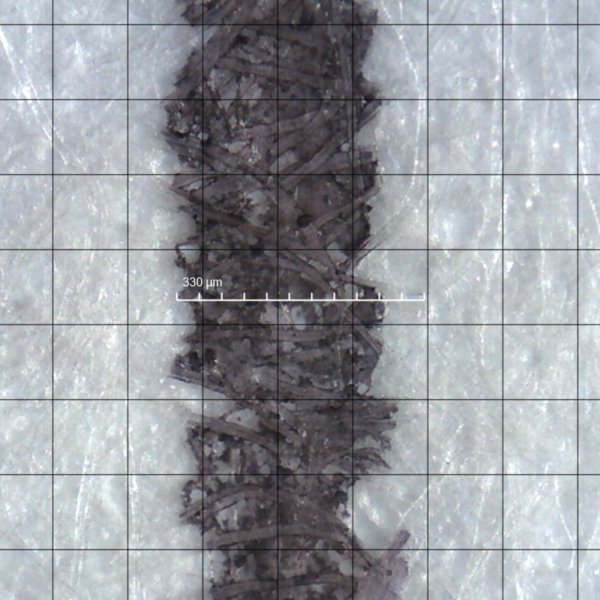


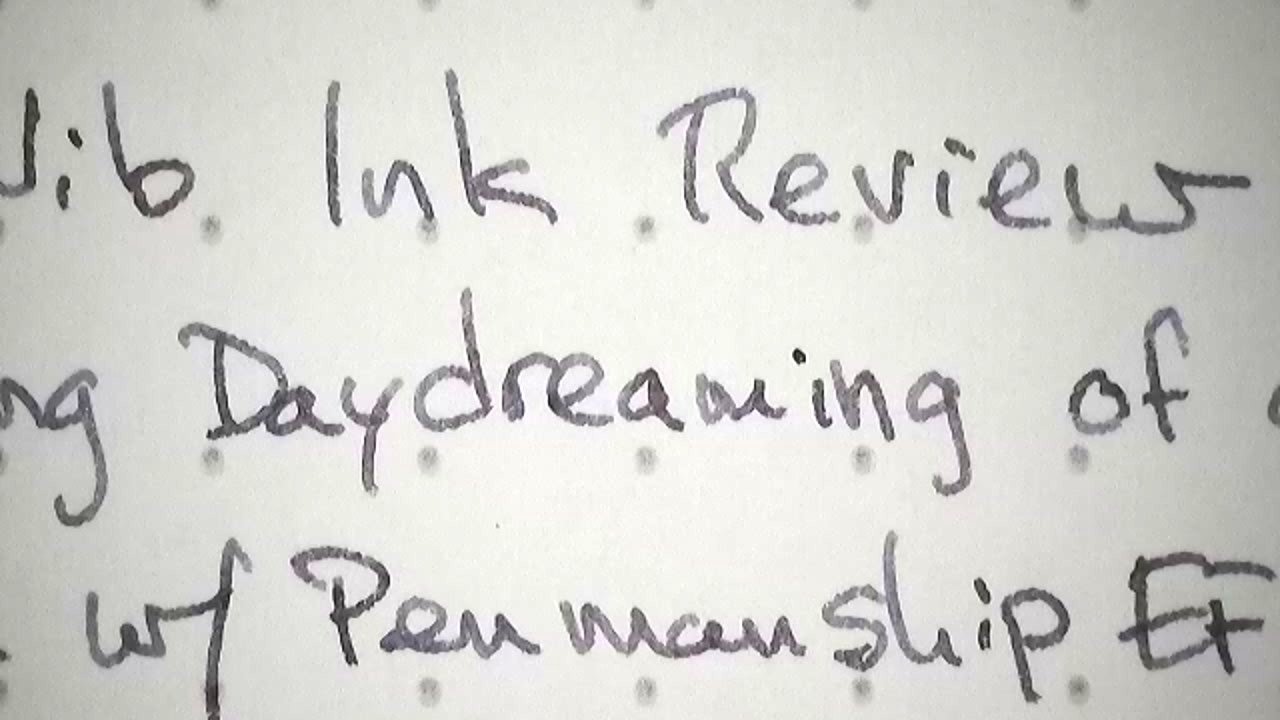
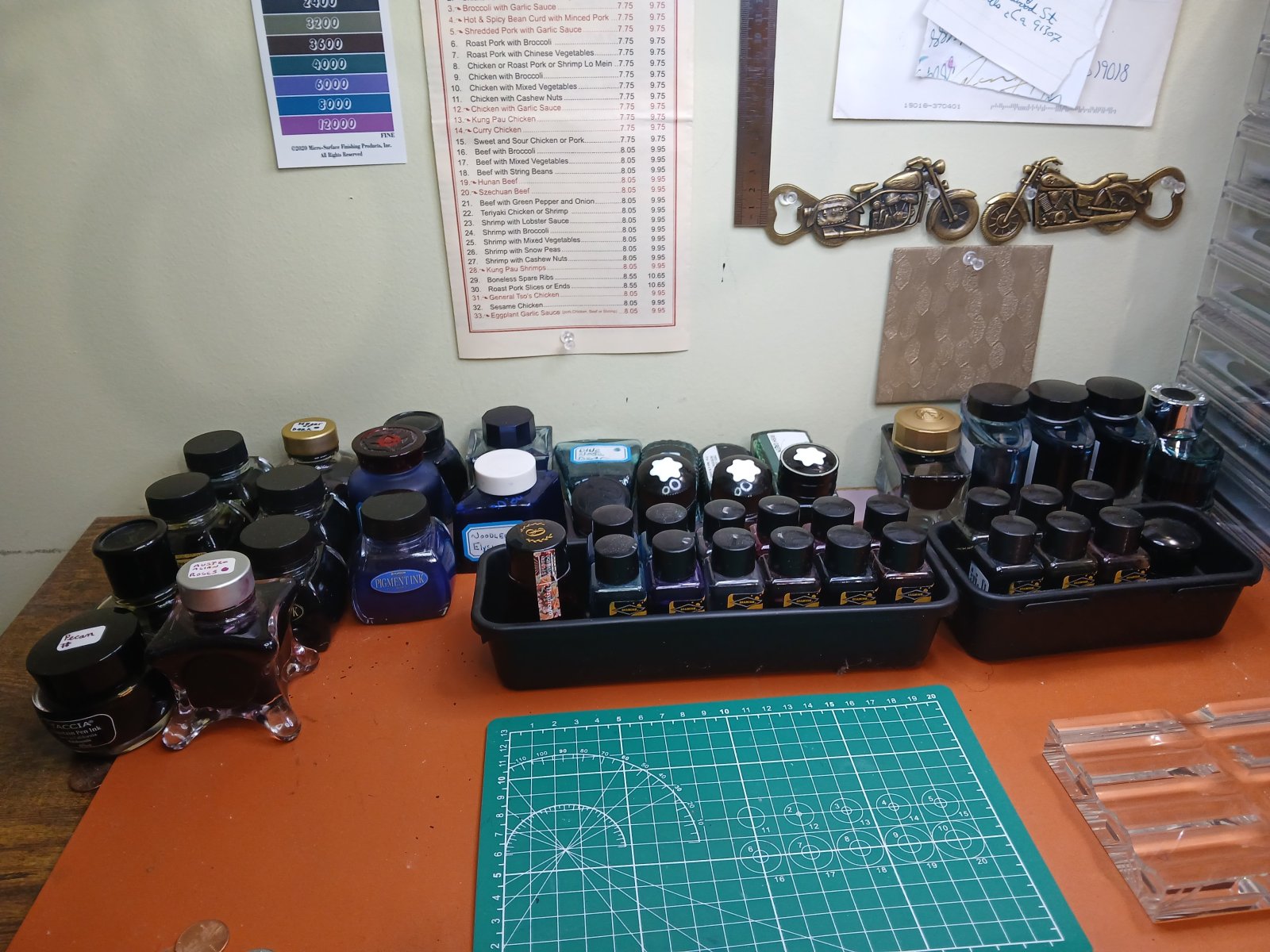



.thumb.jpg.f07fa8de82f3c2bce9737ae64fbca314.jpg)



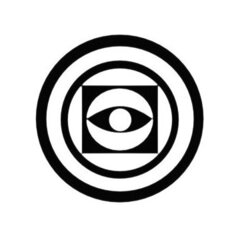





Recommended Posts
Create an account or sign in to comment
You need to be a member in order to leave a comment
Create an account
Sign up for a new account in our community. It's easy!
Register a new accountSign in
Already have an account? Sign in here.
Sign In Now